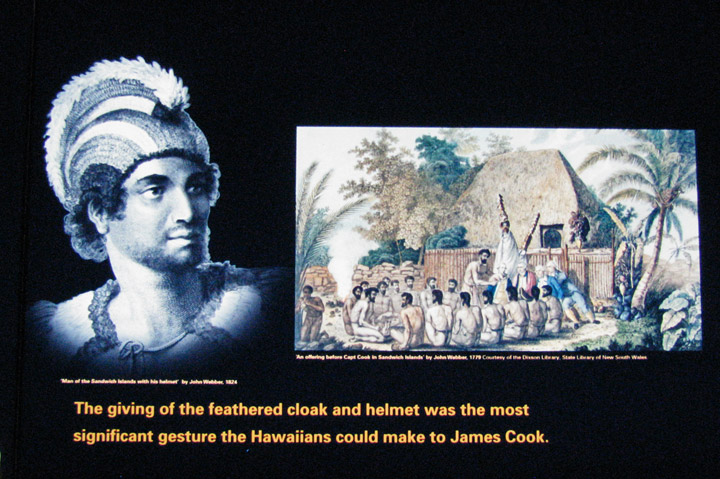

Māori Culture
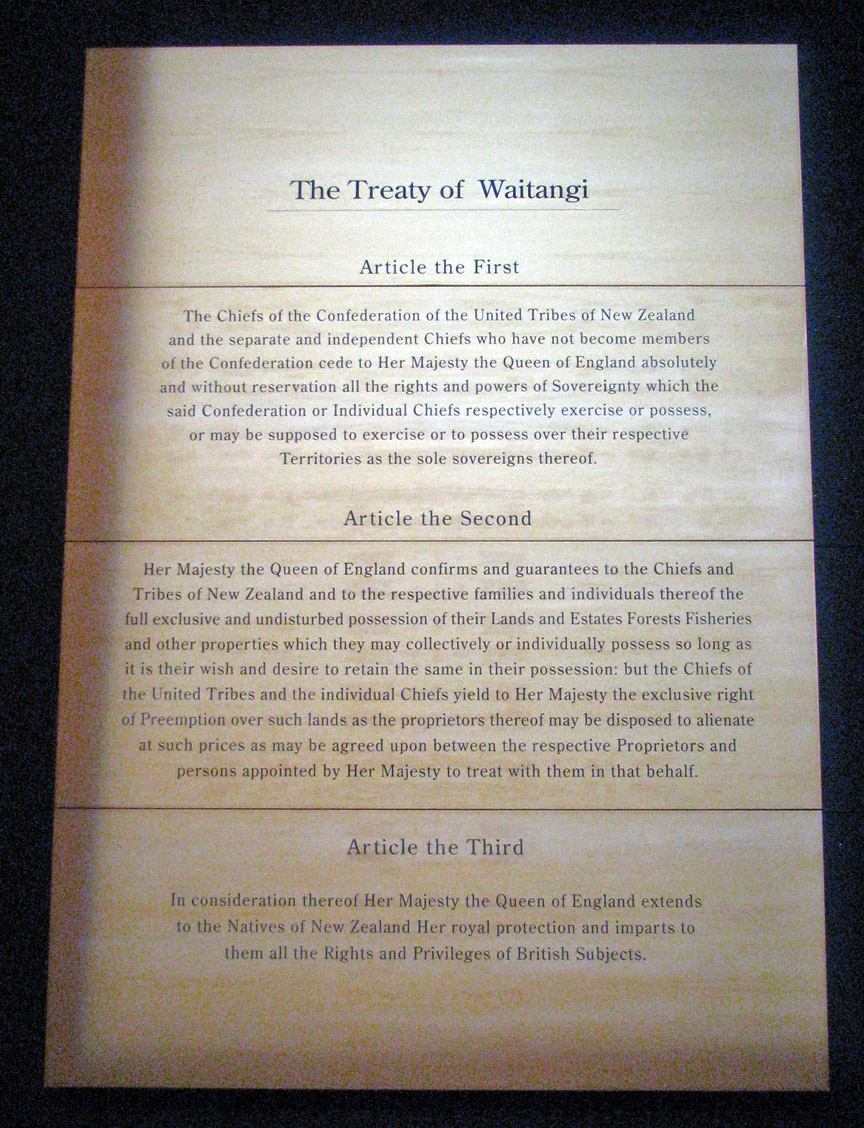
The Treaty of Waitangi
The Treaty of Waitangi (Māori: Te Tiriti o Waitangi) is a treaty first signed on February 6, 1840, by representatives of the British Crown, and various Māori chiefs from the northern North Island of New Zealand. The Treaty established a British governor in New Zealand, recognized Māori ownership of their lands and other properties, and gave Māori the rights of British subjects. However the English and Māori language versions of the Treaty differ significantly, and so there is no consensus as to exactly what was agreed. From the British point of view, the Treaty gave Britain sovereignty over New Zealand, and gave the Governor the right to run the country; Māori seem to have had a range of understandings, many of which conflicted with the British understanding. After the initial signing at Waitangi, copies of the Treaty were taken around New Zealand and over the following months many other chiefs signed.
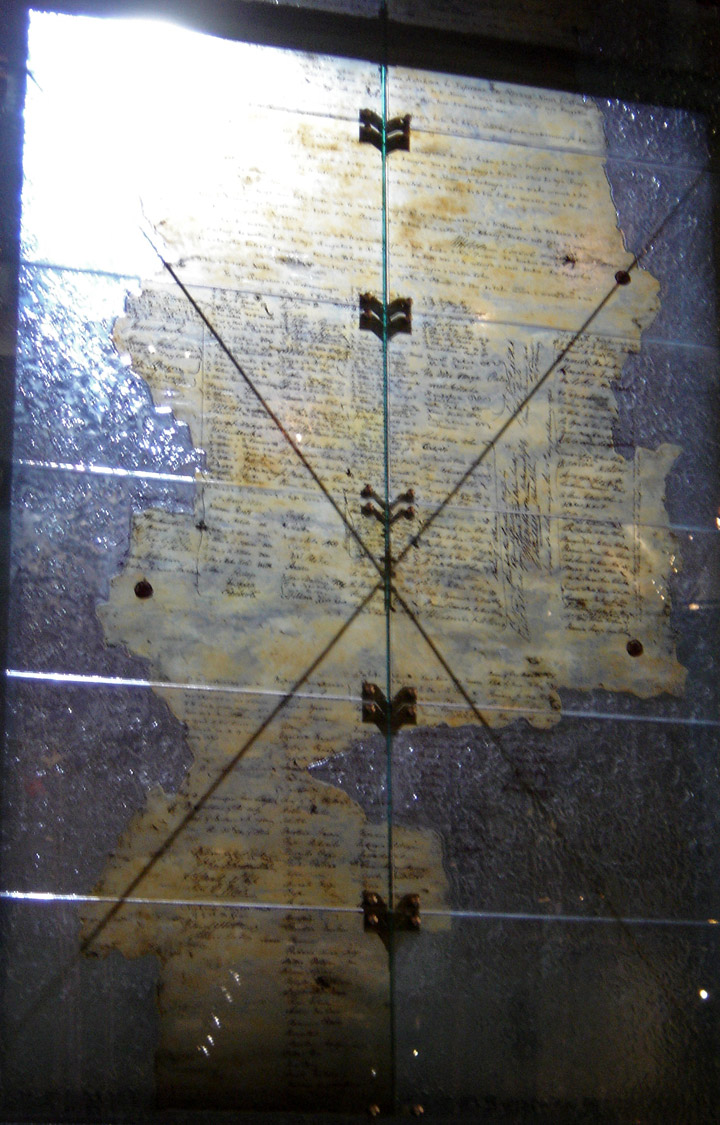
a copy of the original
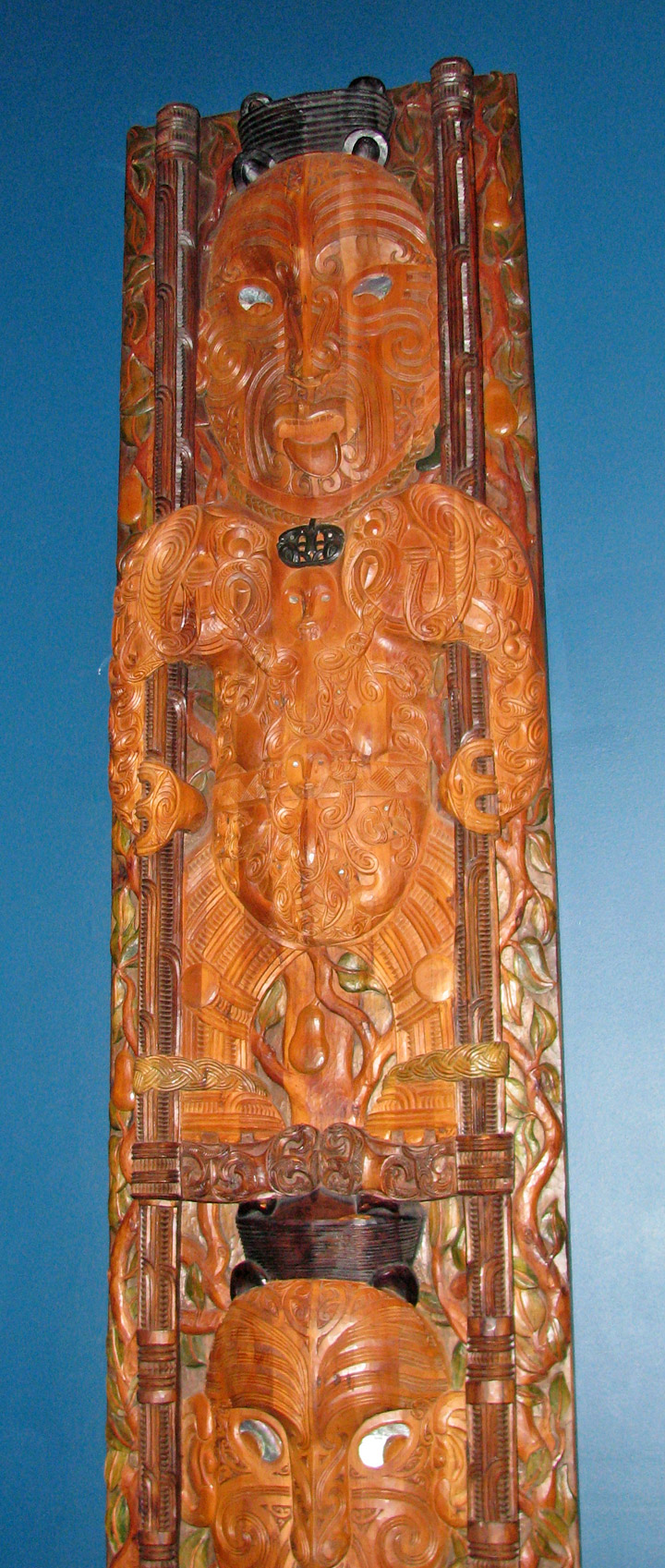
Māori culture is the culture of the Māori of New Zealand, and
Eastern Polynesian people, and forms a distinctive part of New Zealand culture.
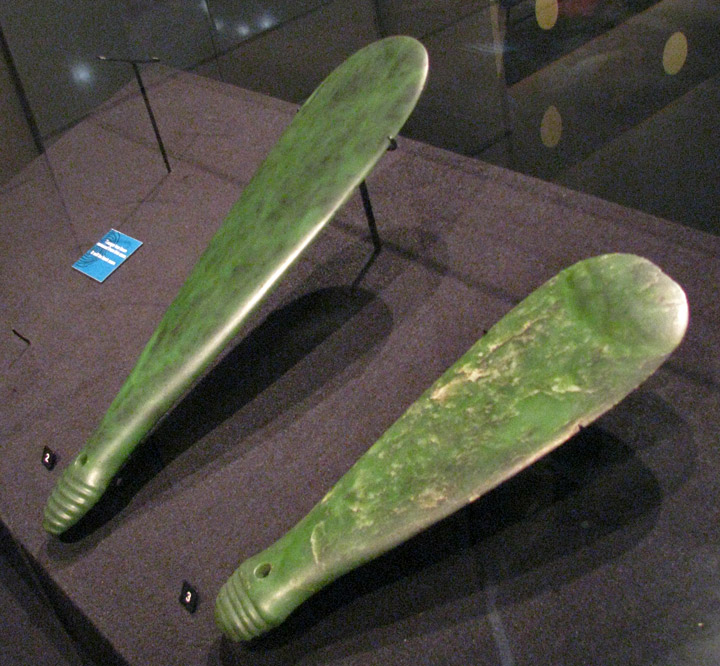
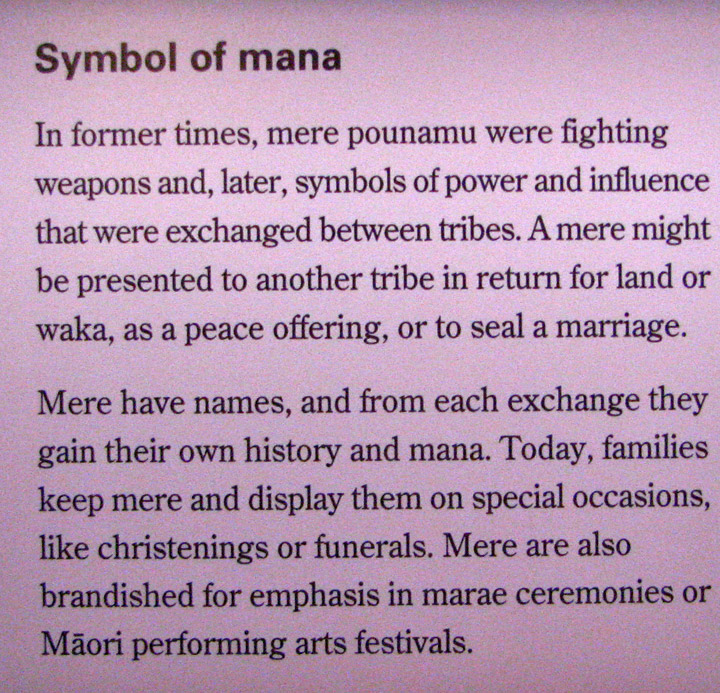
The East Polynesian ancestors of the Māori were hunters, fishermen, and
gardeners. After arriving in New Zealand, Māori had to rapidly adapt their
material culture and agricultural practices to suit the climate of their new
land - cold and harsh in comparison to tropical island Polynesia. Great
ingenuity was required to grow the tropical plants they had brought with them
from Polynesia, including taro, kumara, gourds, and yams; this was especially
difficult in the chillier southern parts of the country. The harakeke (flax
plant) served as a replacement for coconut fronds and hibiscus fiber in the
manufacture of mats, baskets, rope, fishing nets and clothing.
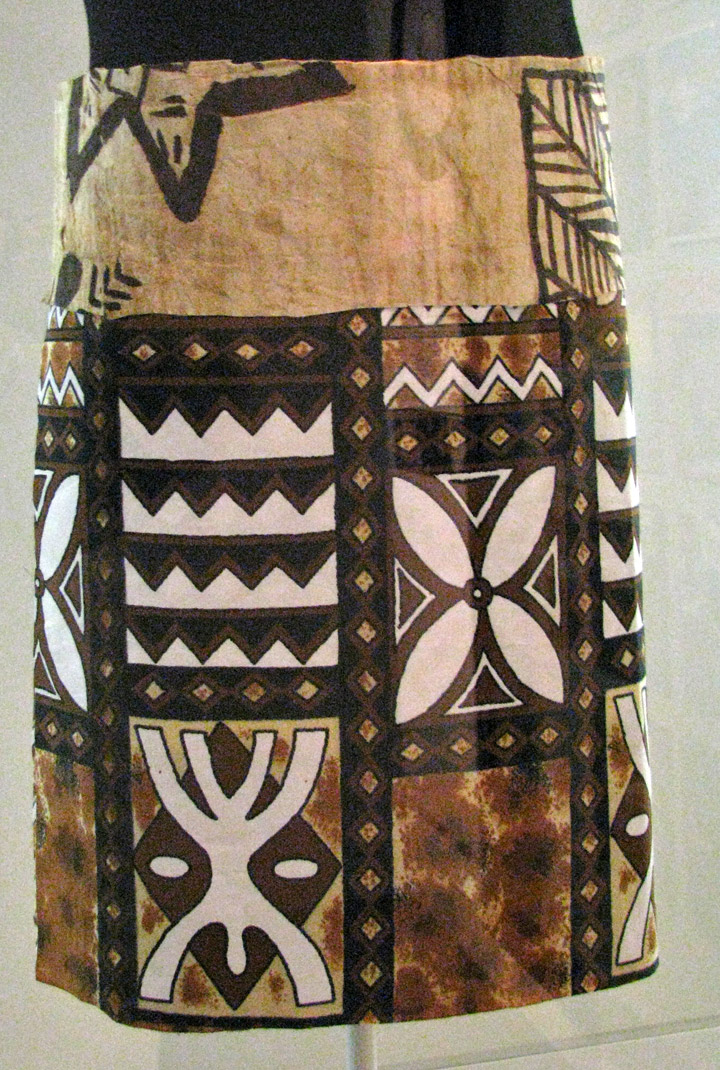
bark woman's skirt
Seasonal activities included gardening, fishing and the hunting of birds. Main tasks were separated for men and women, but there were also a lot of group activities involving food gathering and food cultivation, and warfare. Art was and is a prominent part of the culture as seen in the carving of houses, canoes, weapons, and other items. The people also wore highly decorative personal ornaments, and people of rank often had their skin marked with extensive tā moko similar to tattooing.
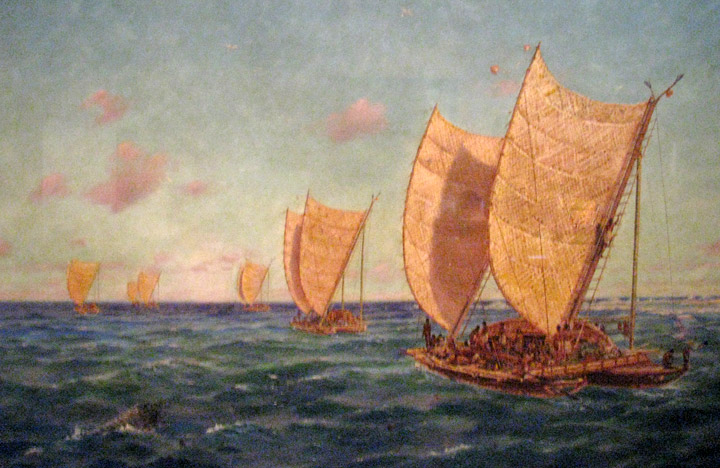
With the growth of tourism and exposure of haka to international audiences on TV
and at sporting competitions, Māori culture that was previously observed only in
Māori society and social gatherings with a significant Māori aspect, is
increasingly seen as fundamental to New Zealand culture as a whole.
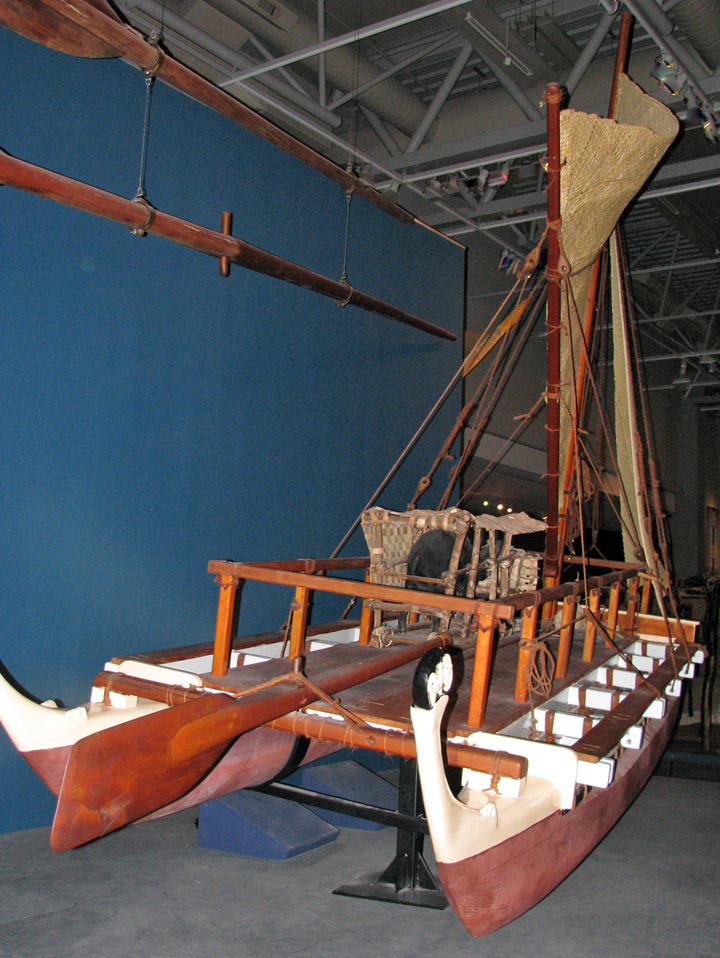
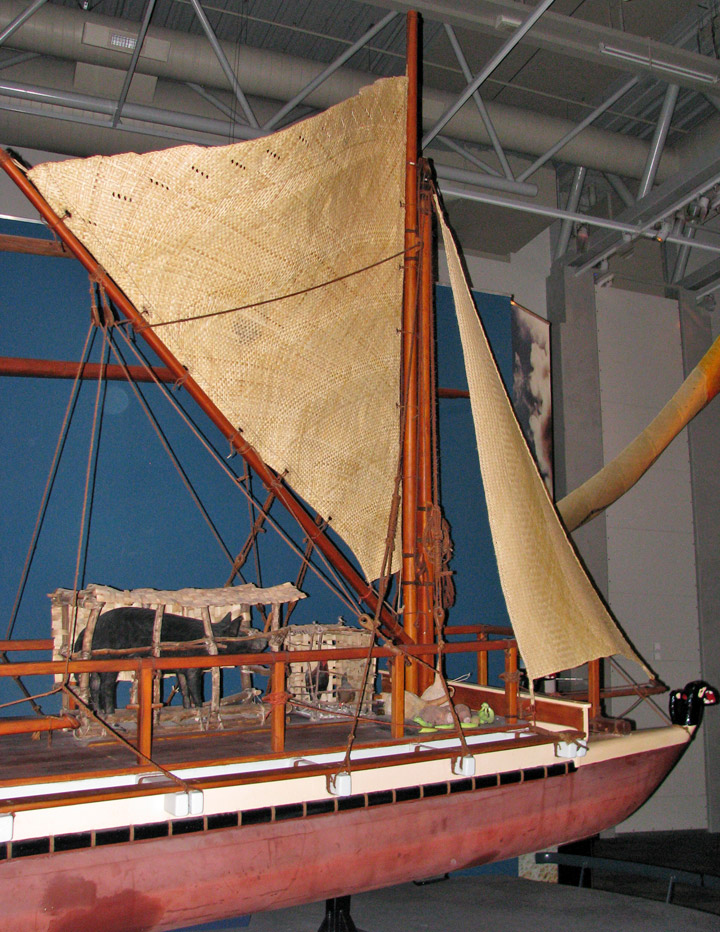

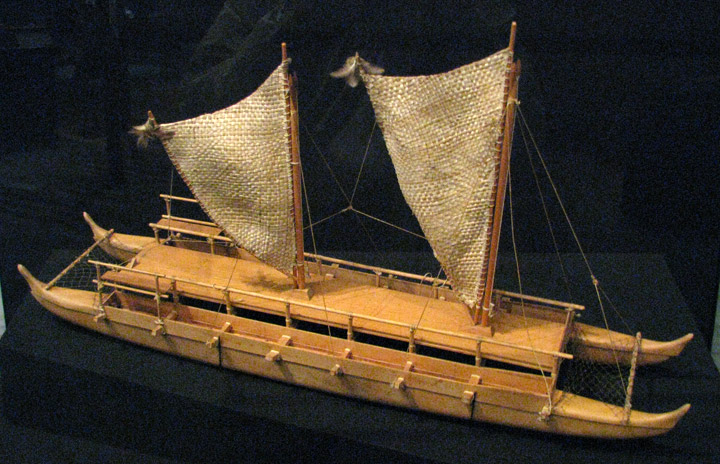
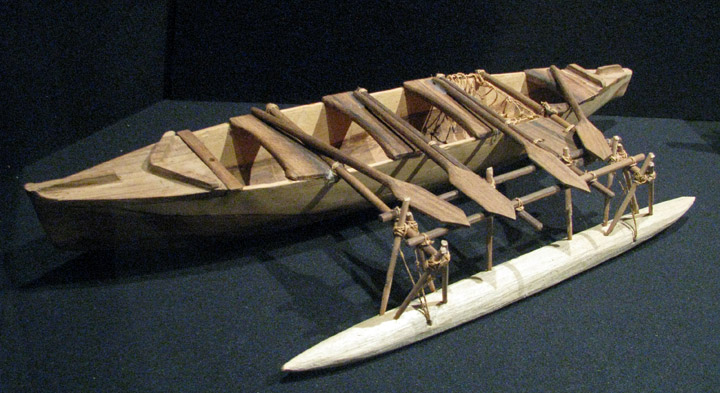
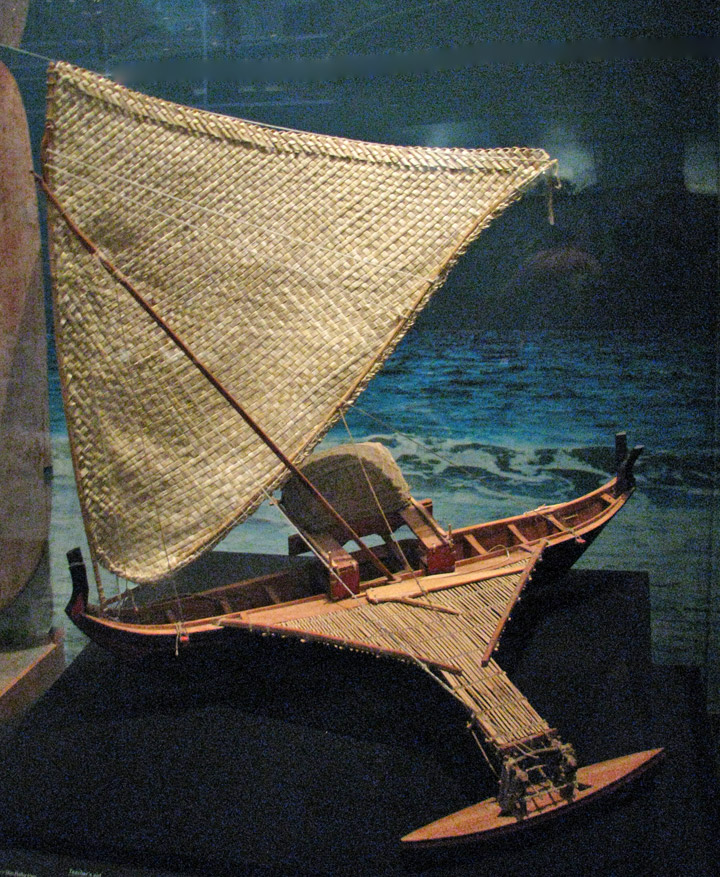
The most appropriate venue for any Māori cultural event is a marae, an enclosed
area of land where a wharenui or meeting house (literally "big house") stands. A
marae is the spiritual home of a person who is culturally Māori. Any place
appropriate to an occasion can, however, be used. Generally the Māori language
is spoken, though translations and explanations are provided when the primary
participants are not Māori speakers. Increasingly, New Zealand schools and
universities have their own marae to facilitate the teaching of Māori language
and culture.
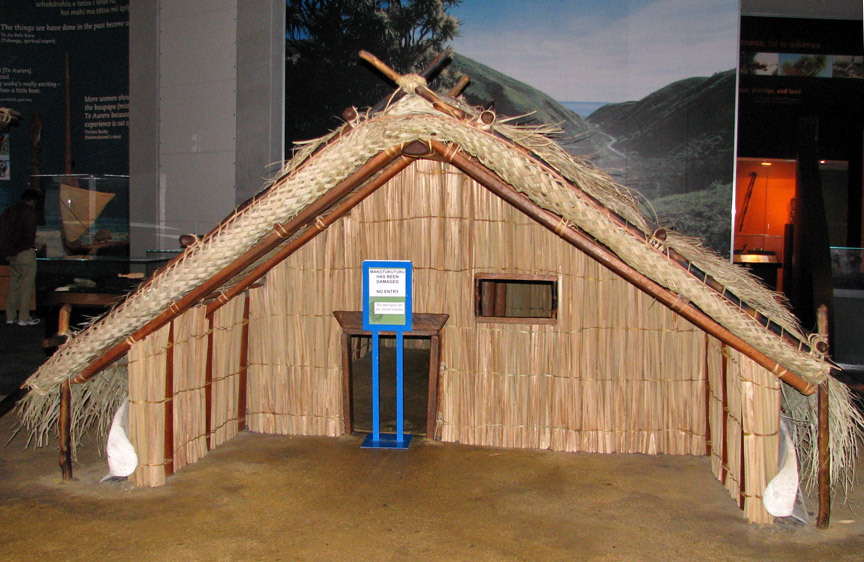
meeting house
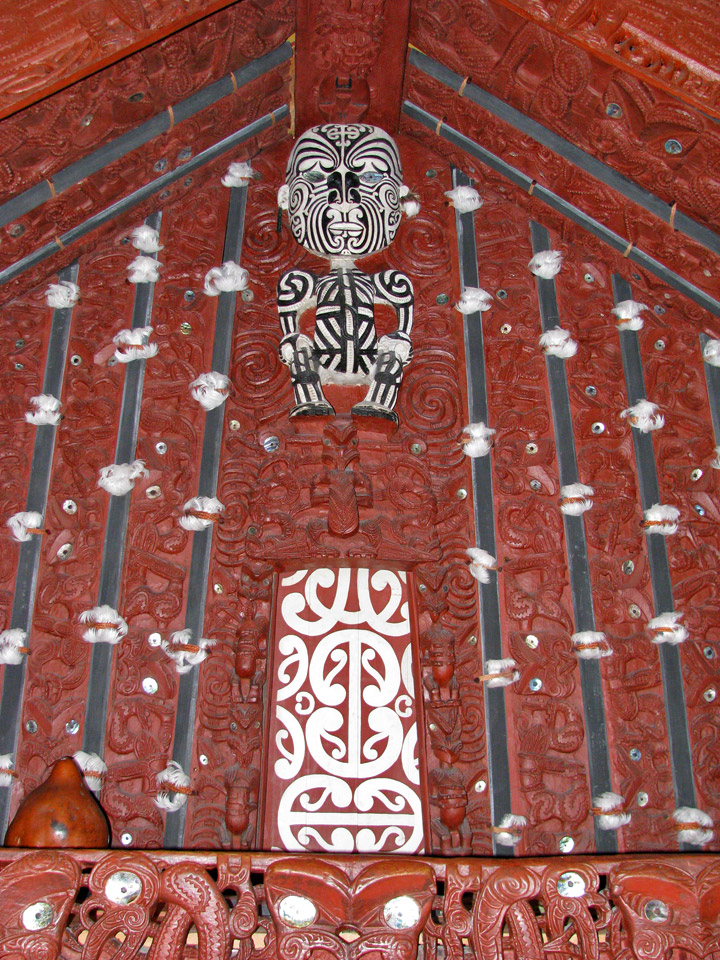
The marae is a communal ceremonial centre where meetings and ceremonies take place in accordance with traditional protocols. The marae symbolises group unity and generally consists of an open grassed area in front of a large carved meeting house, along with a dining hall and other facilities necessary to provide a comfortable stay for visiting groups. On the marae official functions take place including formal welcomes, celebrations, weddings, christenings, tribal reunions, and tangihanga (funerals). The older people have the authority on the marae, and they impart to the young people traditions and cultural practices including legends, songs or the arts of weaving or carving.
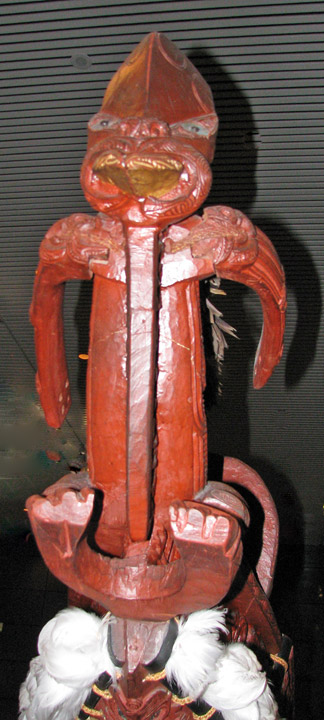


Locals and visitors have to respect certain rules, especially during the rituals
of encounter. This is when the phrase tāngata whenua (people of the land) comes
into play. Should a group of people come to stay on a marae, they are considered
manuhiri (guests) while the owners of the marae are known as tāngata whenua.
Should other groups of manuhiri arrive, the manuhiri who arrived previously -
regardless of their race - are considered tāngata whenua for the purposes of
formally welcoming the new group. When Māori refer to themselves as tāngata
whenua this is not done solely to emphasise their indigenous status, as is often
assumed, because the connotation in Māori of the phrase is one not of separation
but rather of welcome and inclusion.
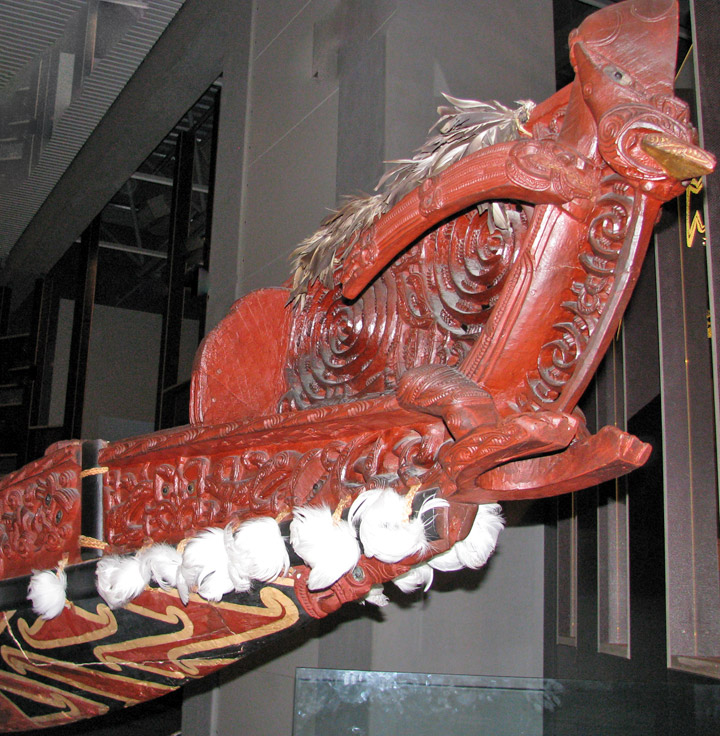
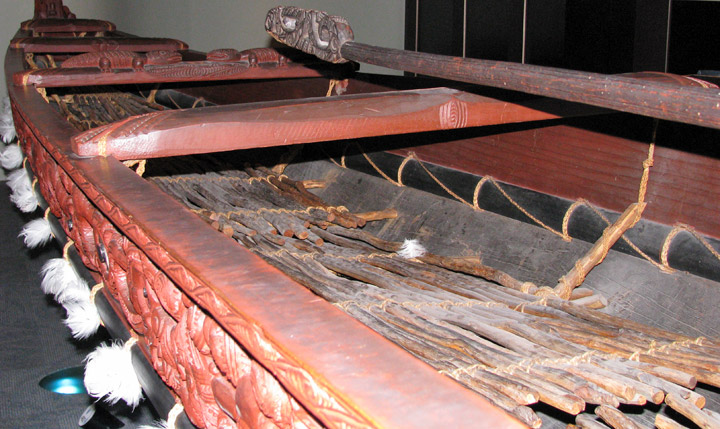
canoe
Although marae have modern cooking facilities, the hāngi, a traditional way of cooking food in Polynesia, is still used to provide meals for large groups because the food it produces is considered flavourful. The hāngi consists of a shallow hole dug in the ground. A fire is prepared in the hole and stones are placed on the top of it. When the stones are hot the hāngi is prepared for cooking by leaving the hot stones and some of the coals at the bottom of the hole. The food is placed on top of the stones, the meat first, with the vegetables, such as kumara and potatoes, on top of it. The hāngi is then covered with leaves or mats woven out of flax (or wet sacks) and left to cook. Finally, soil is heaped over the hāngi to keep the heat in.
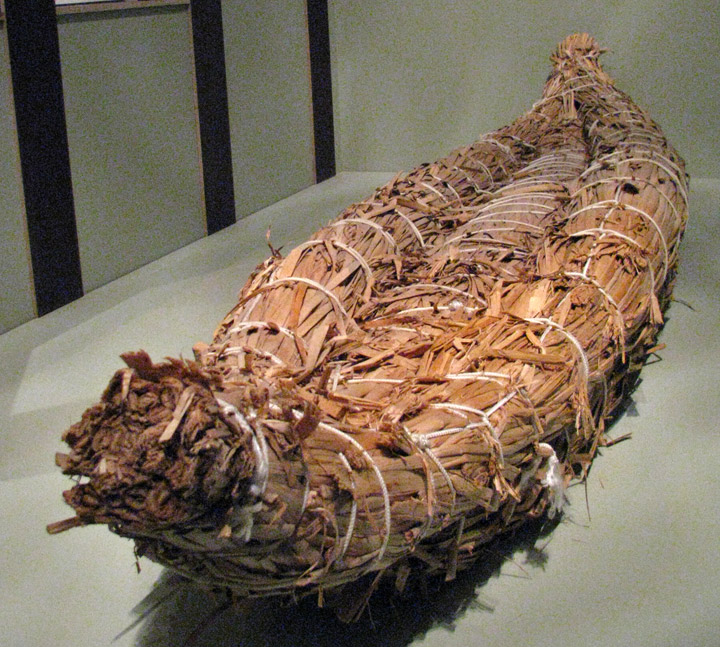
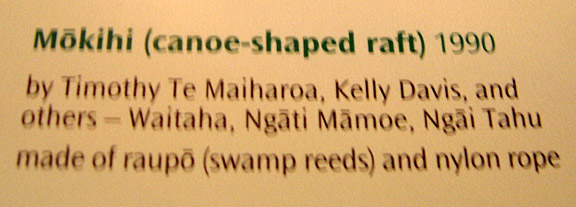
The history of individual tribal groups is kept by means of narratives, songs
and chants, hence the importance of music, story and poetry. Oratory, the making
of speeches, is especially important in the rituals of encounter, and it is
regarded as important for a speaker to include allusions to traditional
narrative and to a complex system of proverbial sayings, called whakataukī.
Text from Wikipedia
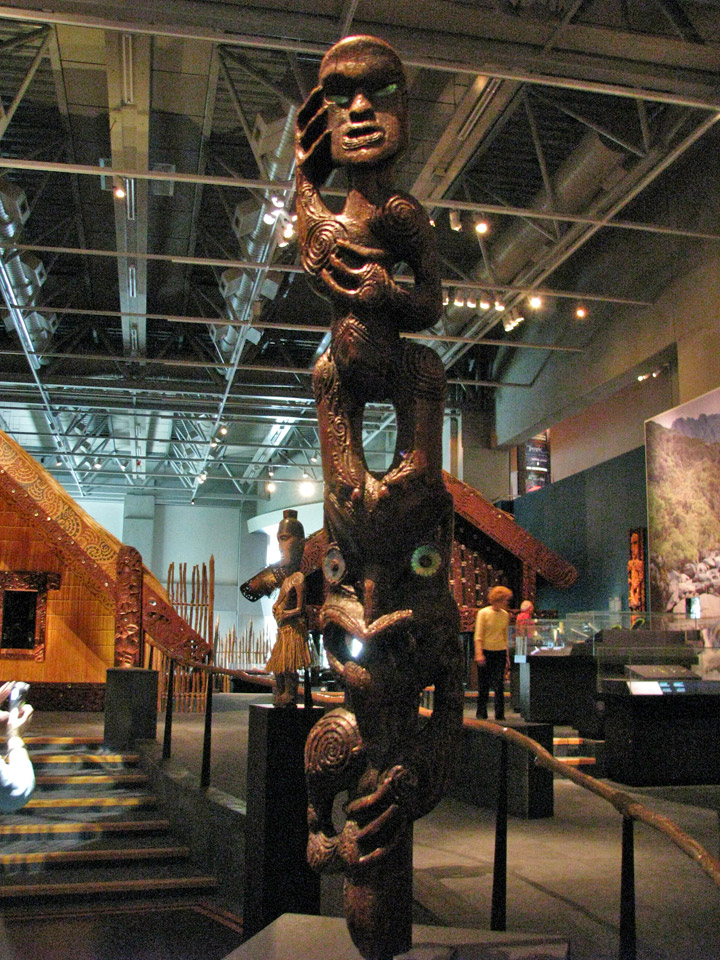
Māori gallery
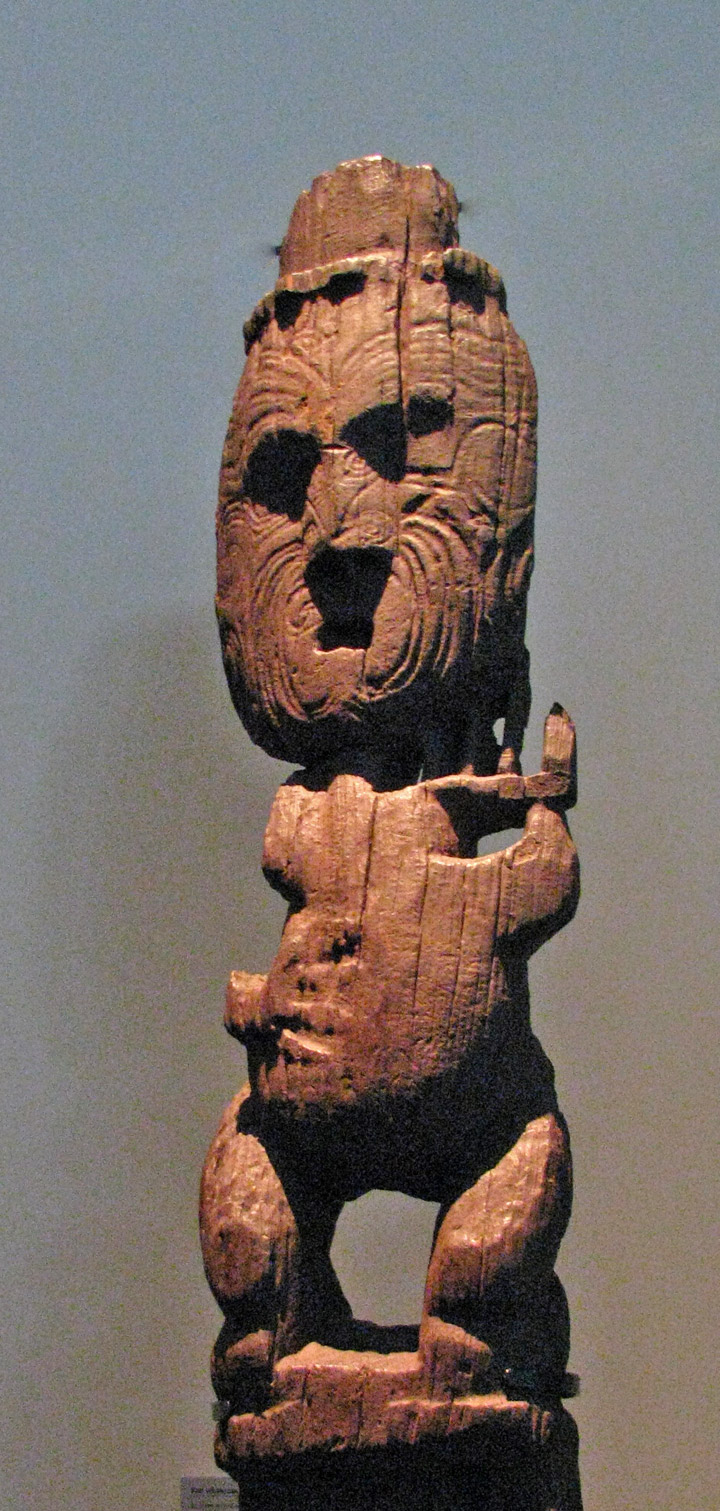
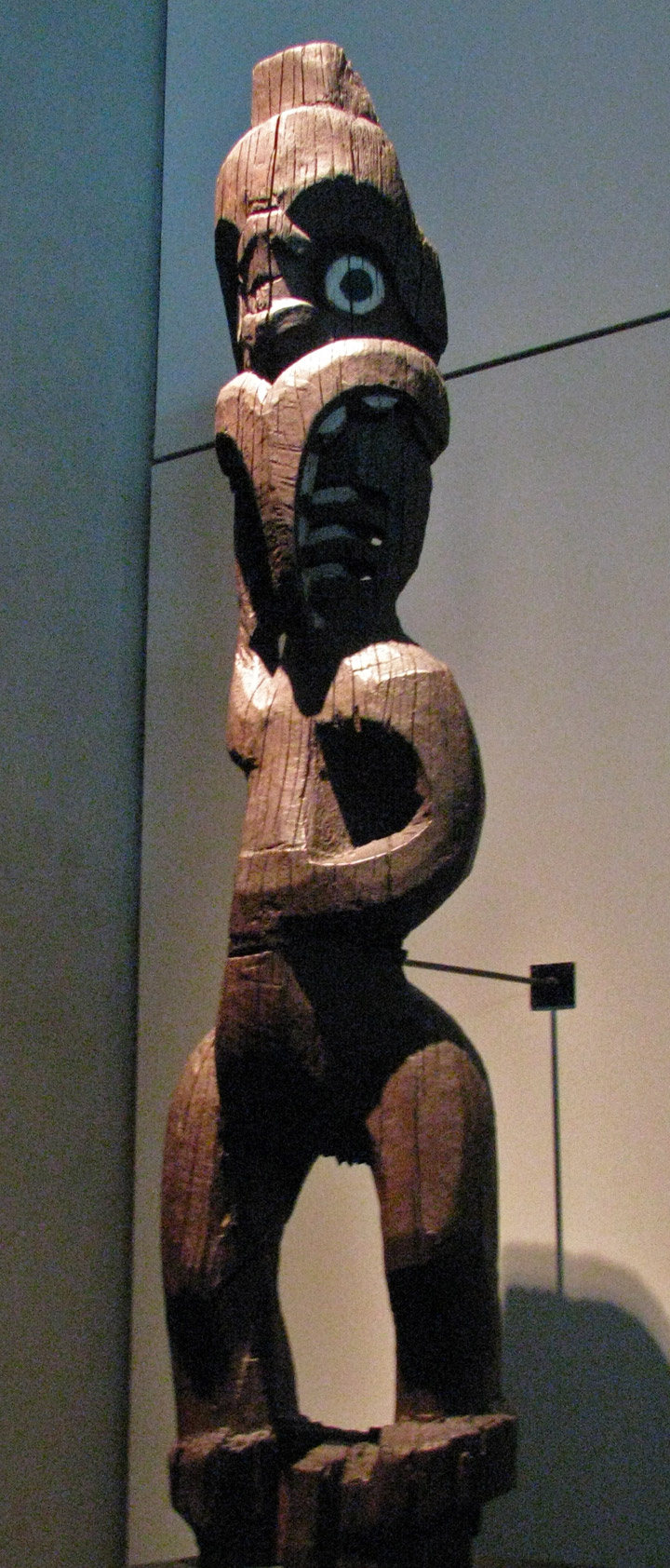
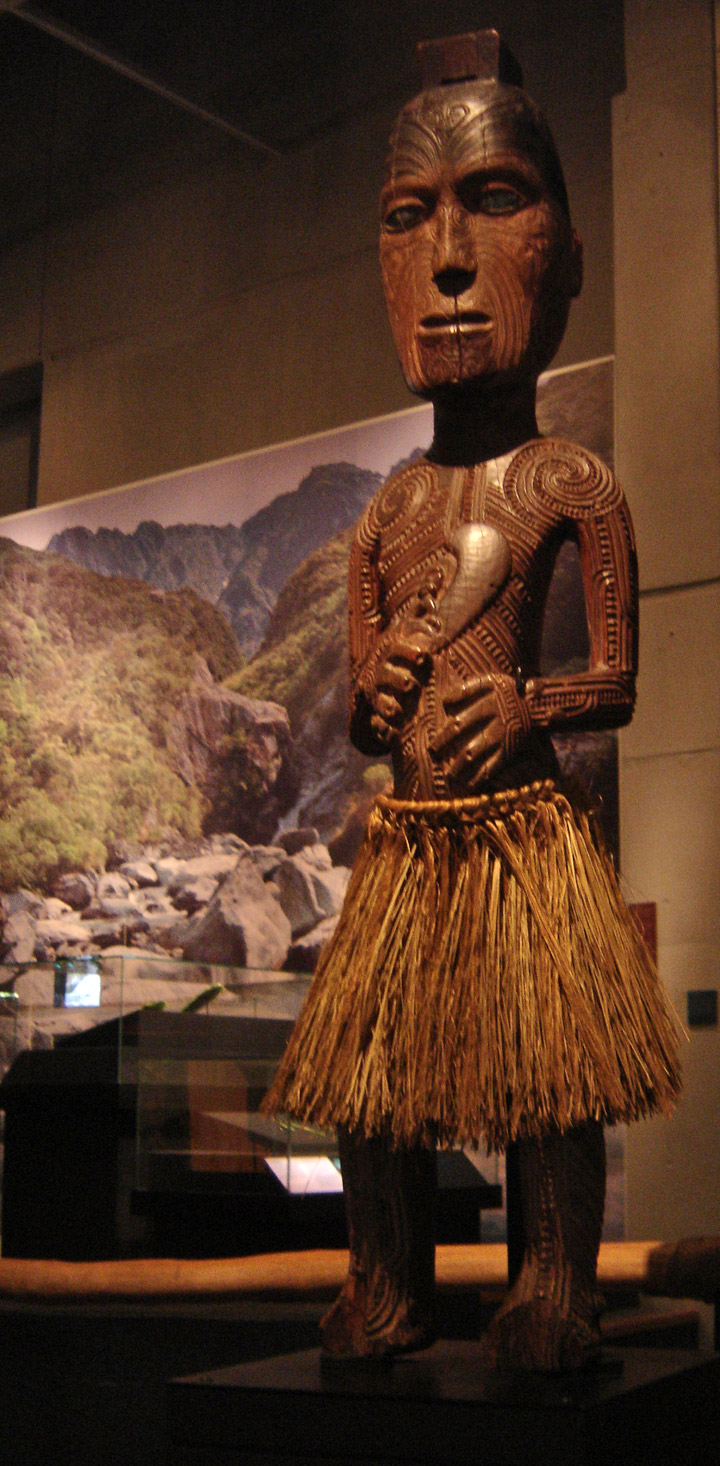
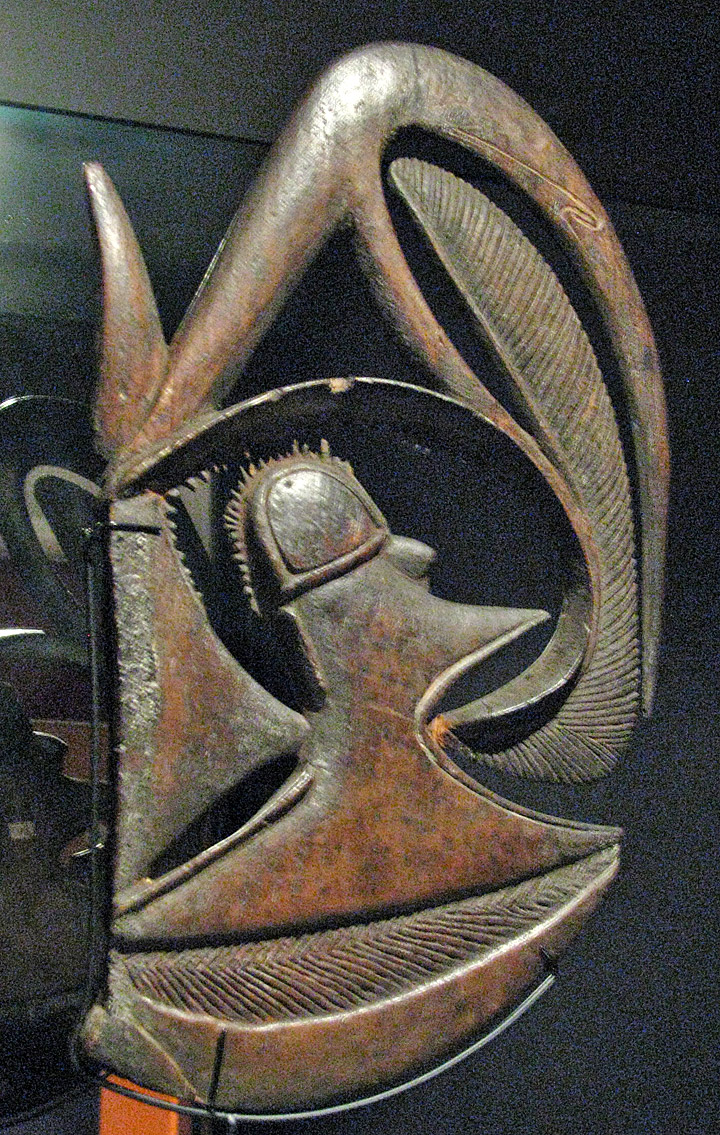
Feathers of the Gods
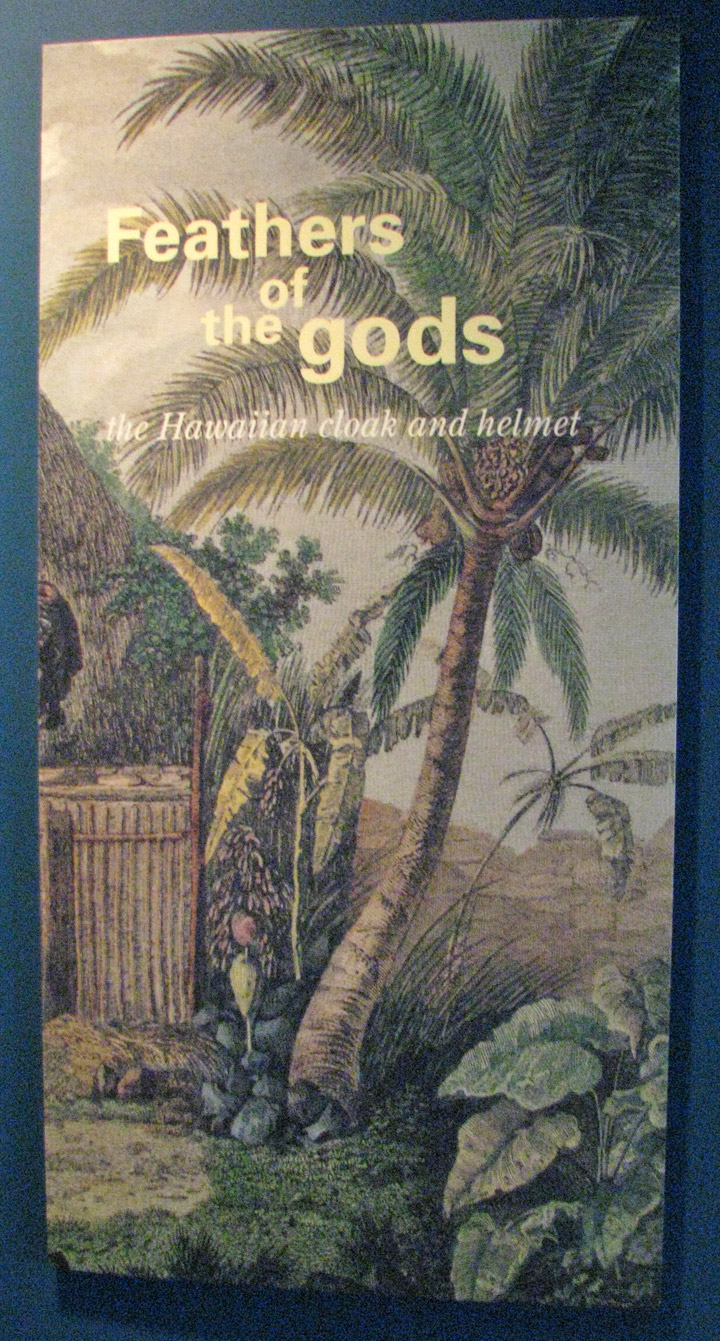

feathered cloak
